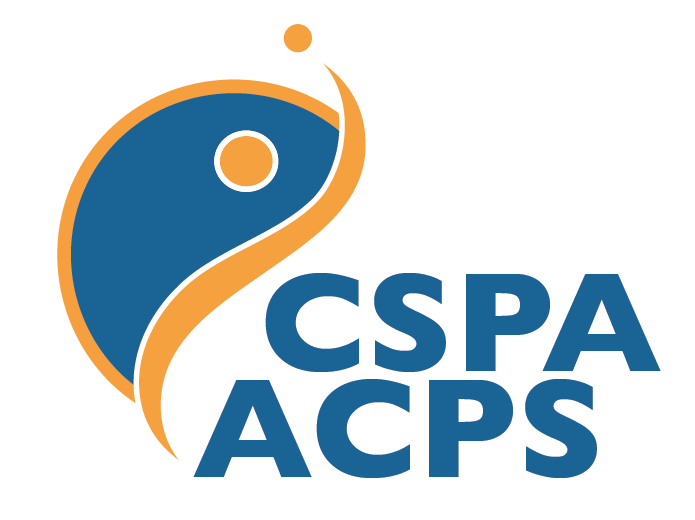AASP Newsletter - March 2021
Teacher's Corner: Thanks for the Feedback
 |
|
|
As we head into the meaty part of Spring semester and student assessments are underway, it might be useful to focus on feedback and the role it plays in student learning, how quickly it can go wrong, and how we can improve it. In their book Thanks for the Feedback, Douglas Stone and Sheila Heen pull back the curtain on the complex interpersonal experience of giving and receiving feedback; building off that, I want to share a few actionable ideas that can help tighten your feedback loops in the classroom, and hopefully help turbocharge student learning this semester.
Three Types of Feedback
Stone and Heen point out that all too often, we lack clarity around the type of feedback we intend to send. This only makes it harder for feedback to be received and effectively applied. Specifically, they call for us to use feedback for the purposes of appreciation, coaching, or evaluation, and be purposeful when using each type.
Appreciation is about catching your student doing something good. On a deeper level, Stone and Heen suggest that this is really about the relationship between you and your student, and about creating a space of belongingness and human connection for them. Simply by being seen, without any additional motive underlying your feedback, you can help your students feel connected, safe, and ready to learn.
Coaching is at the heart of the learning process and boils down to conveying a vision of the future for your student where they can see that doing something different will lead to a better outcome. We usually think we are sharing this kind of feedback as we comment on papers or sit with a student during office hours.
Evaluation includes any feedback that helps communicate to a student where they stand. The most obvious form of evaluation comes in an end-of-semester grade, and in smaller intervals with each assignment you hand back. It is more subtly embedded in your tone of voice and body language, and even how you write your comments on papers and exams.
The authors point out that the first step is to clarify what type of feedback would be most effective for that student in that moment, and to reflect on whether the feedback you intended to send is what was received. For example, a common mix-up might be when I mean to provide coaching (e.g., “Next time, make sure you open the paper with a more assertive thesis statement.”) and the student hears evaluation (e.g., “This paper wasn’t good enough.”) By clarifying your intent up front, and by checking for understanding on the back end, you can refine your skill around delivering more effective feedback.
Evaluation for Good, Not Evil
This concept shook me up at first. I really considered grades a “necessary evil” that interfered with the learning process, since it’s really easy for students to shift to a focus on the outcome (e.g., “Will this be on the test?”) and miss the process-focused nature of learning. By reframing evaluation as any feedback that helps a student clarify where they stand, the authors put evaluation squarely within a process focus.
Stone and Heen point out that safety comes first, and if you are unclear on where you stand, either compared to your own internal benchmarks, or external comparisons, it is tough to feel safe and have a stable foundation from which to learn. Evaluation can act like the tether to the learning rocket ship that keeps students from feeling like they are going to float off into space at any moment.
How Do You Want That Cooked?
Our challenge then is to figure out how to communicate clearly and consistently where students stand in the learning process without triggering a shift towards outcome-focused, fixed-mindset thinking. Linda Nilson’s Specifications Grading gives an alternative to traditional grading structures, and when applied with care and reflection, this traditional points-based feedback structure can work towards building safety and stability instead of the opposite!
I ask my students on each assignment “how they want it cooked.” They would put a number between 1 to 5 at the top of the page, indicating the quantity of feedback they were seeking. One was “rare” and translated to just the points earned. Five was “well-done” and meant I would get as granular as I could when providing feedback.
This strategy can be effective on two levels. First, it can encourage us to be more potent with students who ask for less feedback. For example, if I can only give three comments, which three will move the needle the most for this student? Second, it empowers the student to reflect on what feedback they want and builds some autonomous motivation to read and apply the feedback they receive.
To be honest, while I had first worried that many students would write “1” at the top of their paper, this rarely happened in practice. It also served as a starting point for a valuable dialogue with each student around the communication style they valued in our learning environment. After having read Stone and Heen’s book, I would add an extra layer to this technique, and coach my students to share the type of feedback they wanted too. Simply prompting students to identify their preference for evaluation, coaching, or appreciation can break open the conversation and help create an environment and relationship more conducive for learning.
Concluding Remarks
We know feedback is the essential rocket sauce when it comes to learning, growth and change. By taking some time to align the types of feedback you are sharing with your purpose for communicating in the first place, by clearly communicating to students where they stand in the learning process through the artful use of evaluation, and by empowering students to tell you the quantity and quality of feedback they desire, you can take your feedback game to the next level!
Want some practice? I would value your "appreciation, coaching, and evaluation," and would like this article to be reviewed at the (5) “well done” level. Let me know at pete@drkcoaching.com.
References
Nilson, L.B. (2015). Specifications Grading: Restoring Rigor, Motivating Students, and Saving Faculty Time. Stylus.
Stone, D. & Heen, S. (2014). Thanks for the Feedback: The Science and Art of Receiving Feedback Well. Penguin.
More in This Newsletter
Use the link below to read more articles in this issue, or return to the table of contents.- Next article: Spring 2021 Student Member Resource Guide



